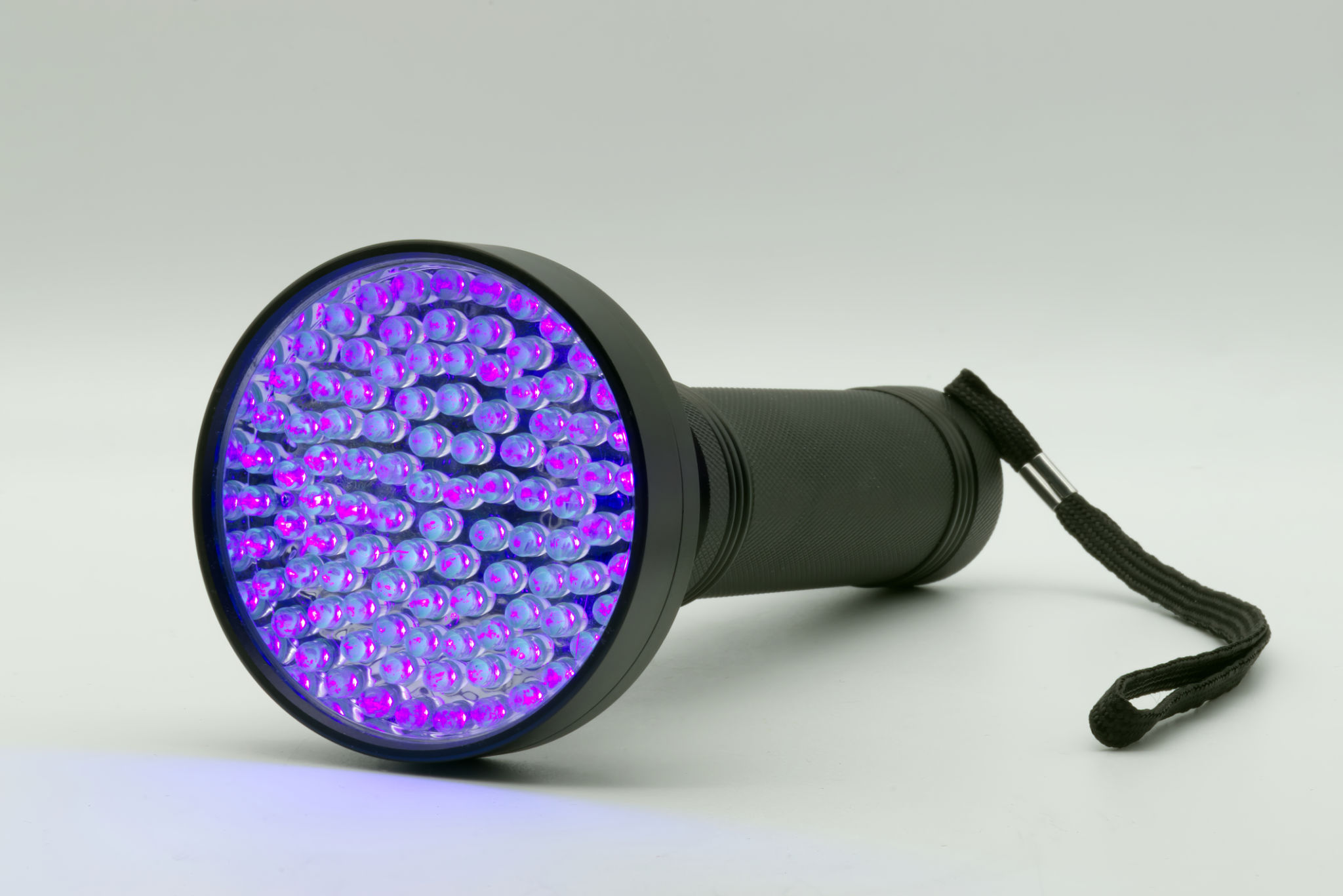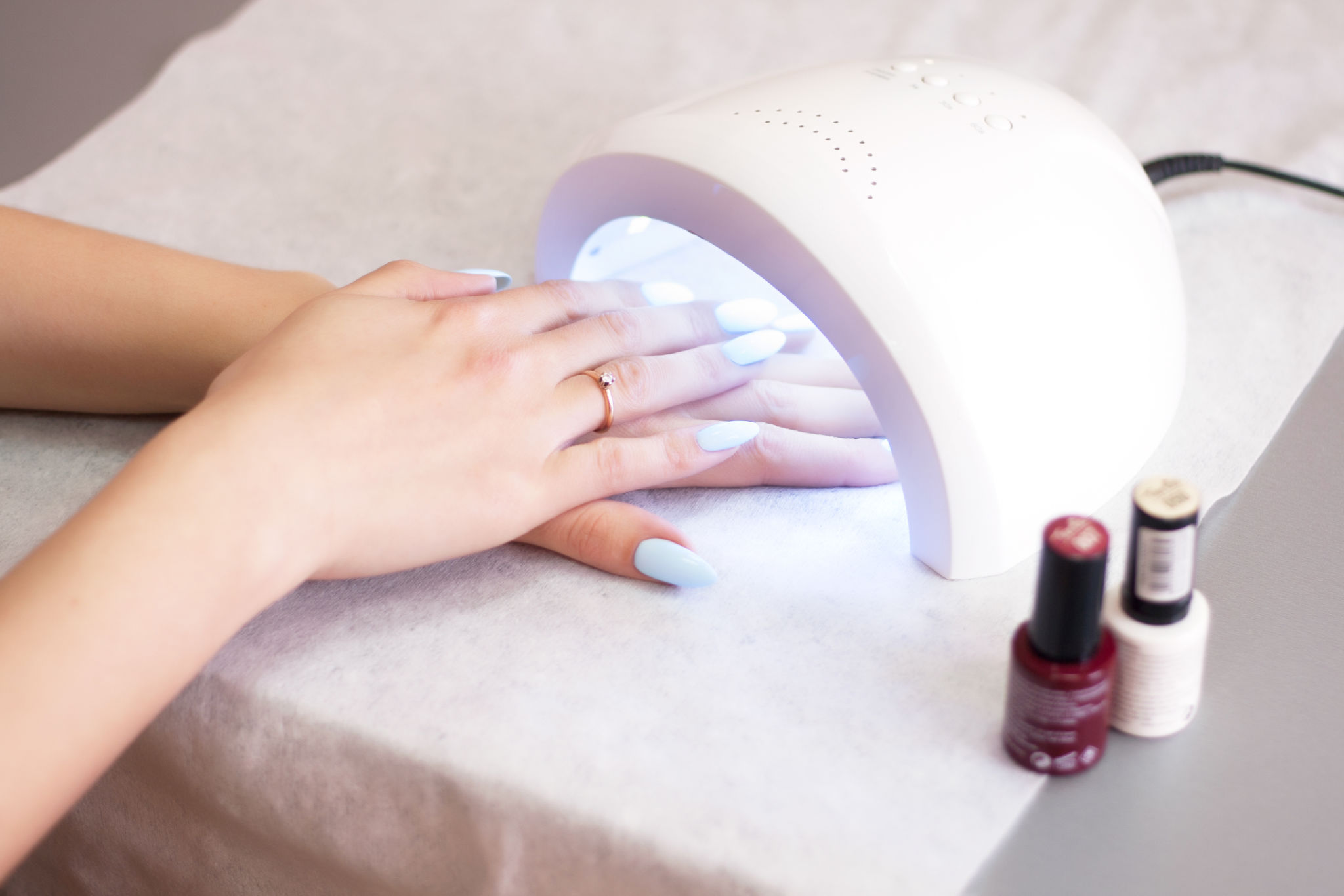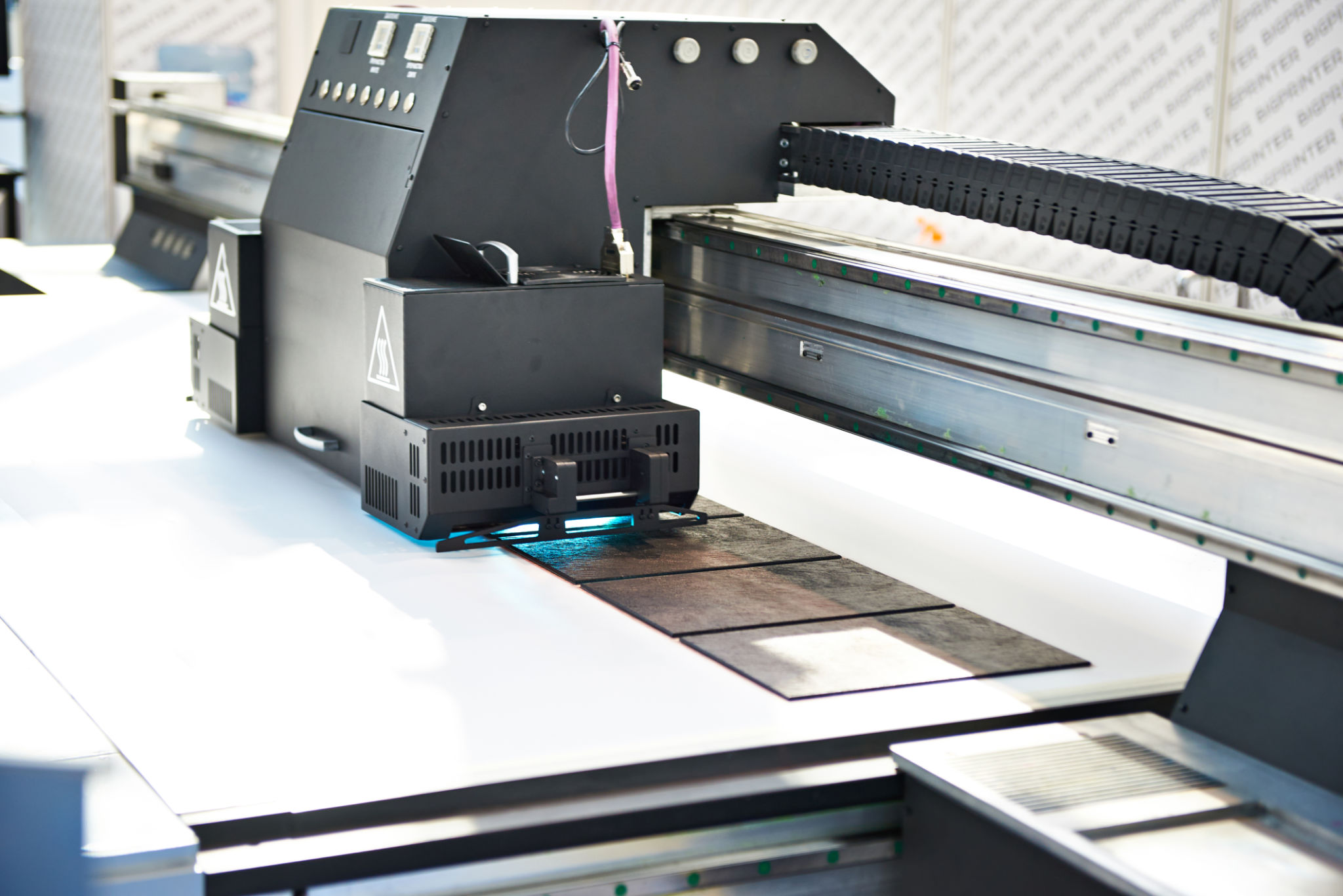A Comprehensive Guide to Ultraviolet Inspection Equipment in North America
Understanding Ultraviolet Inspection Equipment
Ultraviolet inspection equipment is a crucial tool used across various industries in North America. Its primary function is to reveal details invisible to the naked eye, using UV light to detect and analyze substances, materials, and surfaces. This technology plays a significant role in ensuring quality control, safety, and efficiency in operations.

Applications Across Industries
Ultraviolet inspection equipment is widely used in sectors such as manufacturing, automotive, aerospace, and healthcare. In manufacturing, it helps identify flaws in materials, ensuring product reliability and safety. In the automotive and aerospace industries, it aids in detecting cracks or defects in crucial components, preventing potential failures. Furthermore, healthcare facilities use UV inspection to ensure sterility and cleanliness, protecting patient health.
Types of Ultraviolet Inspection Equipment
There are several types of ultraviolet inspection equipment, each designed for specific applications. The most common types include:
- UV Lamps: These are portable devices used to inspect small areas or items, often in non-destructive testing.
- UV Cameras: Used for more detailed analysis, these cameras capture UV light to produce high-resolution images.
- UV Scanners: Ideal for larger areas, these devices scan surfaces for inconsistencies or contaminants.

Key Features and Selection Criteria
When selecting ultraviolet inspection equipment, consider factors such as wavelength range, intensity, portability, and durability. It's essential to choose equipment with the appropriate wavelength for the specific application to ensure accurate results. Additionally, consider the environment in which the equipment will be used, as some devices are more suitable for harsh conditions than others.
Benefits of UV Inspection Equipment
The benefits of using ultraviolet inspection equipment are manifold. Firstly, it enhances quality control by identifying defects that might otherwise go unnoticed. This leads to improved product reliability and customer satisfaction. Secondly, it increases safety, particularly in industries where component failure could have serious consequences. Finally, UV inspection contributes to cost savings by reducing waste and preventing costly recalls or repairs.

Challenges and Considerations
Despite its advantages, ultraviolet inspection comes with challenges. Proper training is essential to ensure operators can effectively use the equipment and interpret results accurately. Additionally, maintaining equipment in good condition is crucial for consistent performance. Lastly, it's important to stay updated on technological advancements to leverage the latest tools and techniques available in the market.
Future Trends in Ultraviolet Inspection Technology
The future of ultraviolet inspection technology looks promising with advancements in digital imaging and automation. These technologies are expected to enhance detection capabilities, improve accuracy, and reduce inspection times. Innovations such as AI-powered analysis will likely play a significant role in evolving UV inspection practices further.

Conclusion
Ultraviolet inspection equipment is an invaluable asset across numerous industries in North America. By understanding its applications, selecting the right tools, and keeping abreast of advancements, businesses can ensure they reap the full benefits of this technology. As industries continue to evolve, so too will the capabilities and applications of UV inspection equipment.